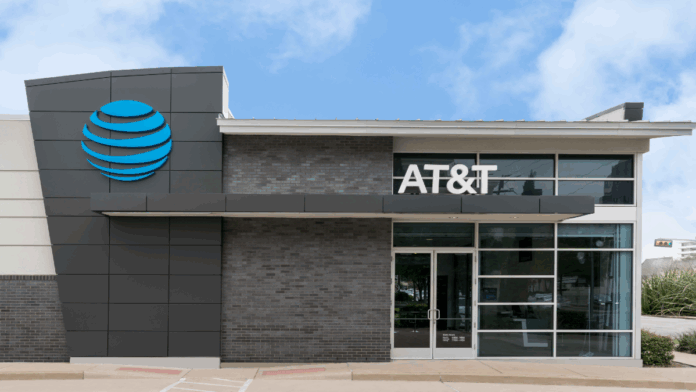AT&T added 401,000 net postpaid phone subscribers in Q2, easily topping analysts’ expectations of 296,000 and outshining Verizon
In sum – what to know:
Wireless strength offset churn – AT&T added 401,000 postpaid phone subscribers — well above expectations — despite a slight rise in churn. This strong performance in mobility helped drive a solid earnings beat.
Fiber fell short of estimates – The company added 243,000 fiber subscribers in Q2, missing forecasts and marking a sequential decline, which contributed to a dip in the stock despite overall solid results.
Infrastructure push continues – AT&T is investing $3.5 billion annually to expand its fiber network and plans to retire most of its legacy copper infrastructure by 2029, signaling a long-term bet on fiber and fixed wireless access.
AT&T posted second-quarter earnings that beat Wall Street forecasts, fueled by strong wireless subscriber growth and a modest revenue uptick. However, slower-than-expected fiber additions and rising churn tempered investor enthusiasm, sending shares down 3–4% in early trading.
The company reported adjusted earnings of $0.54 per share on revenue of $30.8 billion, edging past consensus estimates of $0.53 and $30.5 billion, respectively. Mobility service revenue rose 6.7% to $16.9 billion, reflecting strong demand for devices and bundled wireless offerings.
AT&T added 401,000 net postpaid phone subscribers, easily topping analysts’ expectations of 296,000 and outshining Verizon, which lost 9,000 subscribers during the same period. Still, postpaid phone churn increased to 0.87%, up 17 basis points year-over-year. The company attributed the uptick to customers coming off device financing contracts — aan impact it said was “a little bit more … than anticipated.” Even so, the surge in new wireless customers helped offset that pressure.a
On the broadband side, AT&T reported 243,000 net fiber adds — slightly below the projected 250,600 and down from 261,000 in Q1. The company reaffirmed its aggressive fiber expansion goals, stating it will allocate $3.5 billion to reach 4 million new locations per year. By 2030, AT&T aims to pass 50 million customer locations with in-region fiber and more than 60 million including Lumen’s Mass Markets assets.
CEO John Stankey pointed to favorable regulatory and tax environments, citing the “Big Beautiful Bill” and comparing current policy tailwinds to those following the Telecommunications Act of 1996. “Investment and policy tailwinds are as strong as I can remember,” he said.
In addition to fiber investment, AT&T will devote $1.5 billion to pension funding and use the remainder of its projected tax savings for debt reduction, share buybacks, and strategic initiatives. CFO Pascal Desroches said, “Overall, we feel really good about the strength and management of our balance sheet based on current operating trends and our outlook for the business.”
The company also continues to phase out legacy infrastructure, filing with the FCC to discontinue copper-based service across roughly 10% of its wire centers in 17 states. This effort supports its goal to retire most of its copper network by the end of 2029, transitioning nearly all remaining customers to fiber or fixed wireless access (FWA).
Despite beating earnings and revenue estimates, the modest fiber miss and comparisons to Verizon’s upward earnings revision appeared to weigh on AT&T’s stock. Still, with wireless momentum strong and long-term infrastructure plans in motion, AT&T enters the second half of the year with a solid foundation — and higher investor expectations to match.

